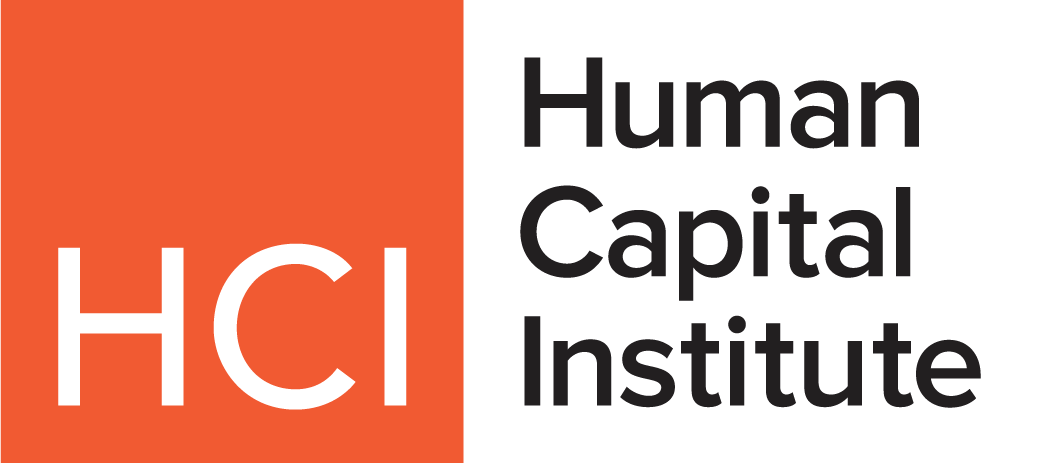There are five common pitfalls that prevent well-meaning recognition programs from connecting with employees in meaningful ways. I explore that topic in Part 1 of this article series.
Now it’s time to shift gears and explore what does work. Based on decades of research into motivation, emotional needs, and applied neuroscience, these five practices will help HR leaders design recognition systems that not only resonate but transform workplace culture.
1. Link Recognition to a Sense of Authenticity and Purpose
When employees feel that their contributions are not just noticed but deeply aligned with who they are and why they do what they do, demonstrated respect becomes transformative.
In neuroscience terms, this alignment activates both the brain’s reward pathways and its meaning-making centers. Let’s say an employee steps up to lead a difficult initiative. Instead of simply praising their leadership, consider saying: “Seeing you lead this project with such calm and focus is a great reminder of the grounding force you bring to our team.” Notice that this elevates the feedback from a one-off transactional compliment to sincere recognition of long-term character.
2. Make Recognition a Two-Way Street
Top-down recognition systems often fail because they feel disconnected or transactional. When recognition flows horizontally—between peers, across departments—it gains authenticity.
Peer-to-peer recognition activates our social brain. It reminds people that they’re not just working for a manager’s approval but are part of a community that values them.
Some of the most effective programs I’ve seen use informal digital tools—Slack channels, shared boards, internal newsletters—to highlight moments of kindness, innovation, or extra effort.
The goal is to make the recipient feel acknowledged and respected for something they consider real.
3. Recognize Emotional Labor, Not Just Output
One of the most overlooked areas of recognition is emotional labor—the time, energy, and empathy employees invest to manage interpersonal dynamics, navigate conflict, or keep teams cohesive and positive under stress.
Especially in roles that require a lot of human interaction—HR, customer service, healthcare, education—this kind of effort often goes unrecognized because it’s hard to quantify. But it matters deeply to the people doing it.
When an employee calmly de-escalates a situation, mentors a struggling peer, or keeps morale up through tough transitions, that’s a moment worth acknowledging. Recognizing and validating this kind of work isn’t simply good leadership—it’s burnout prevention.
Don’t just praise tasks or sales—recognize the emotional resilience, empathy, and patience that power your culture behind the scenes.
4. Use Storytelling to Make Recognition Memorable
Recognition has more impact when it’s anchored in a story. Humans are wired for narrative. A compelling story evokes emotion, builds memory, and strengthens connection.
A short story—what happened, how the person responded, and what it meant—can do more than a formal award.
For example, instead of saying, “We appreciate Sara’s hard work during the product launch,” tell the story: “During the crunch week before the launch, Sara stayed late every night—but not just to do her own work. She made sure the whole team had what they needed, even dropping off food for the night shift. That kind of care is what makes this place what it is.”
5. Evaluate Your Recognition Through the Lens of Human Needs
When recognition efforts focus solely on performance, they risk neglecting the deeper spectrum of what people long for at work. A system that only praises revenue wins may miss the opportunity to validate inclusion efforts, ethical decisions, or quiet moments of purpose-driven work.
Here’s a practical exercise: map a month’s worth of your recognition efforts against the 12 emotional needs. Are you recognizing people for creating safe environments? For acting with integrity? For showing creativity, inclusion, or spiritual purpose?
A healthy recognition system touches more than one need. Use the full emotional palette to build a more inclusive and resilient culture.
Closing Thoughts
Recognition is often framed as a “nice to have”—a morale booster or retention strategy. But it is much more than that. Recognition, when designed with emotional insight, is one of the most powerful tools HR leaders have to meet employees where they are, fuel their growth, and reinforce a culture of shared purpose.
Let that be the legacy of your next recognition redesign.
J.D. Pincus, Ph.D. is Chief Innovation Officer at Leading Indicator Systems (d/b/a AgileBrain) as well as the author of The Emotionally Agile Brain: Mastering the 12 Emotional Needs that Drive Us (Rowman & Littlefield). If you’d like to learn more about his work and methodologies, visit https://agilebrain.com and click the “Try AgileBrain for Free” button to experience the 3-minute assessment for yourself.




